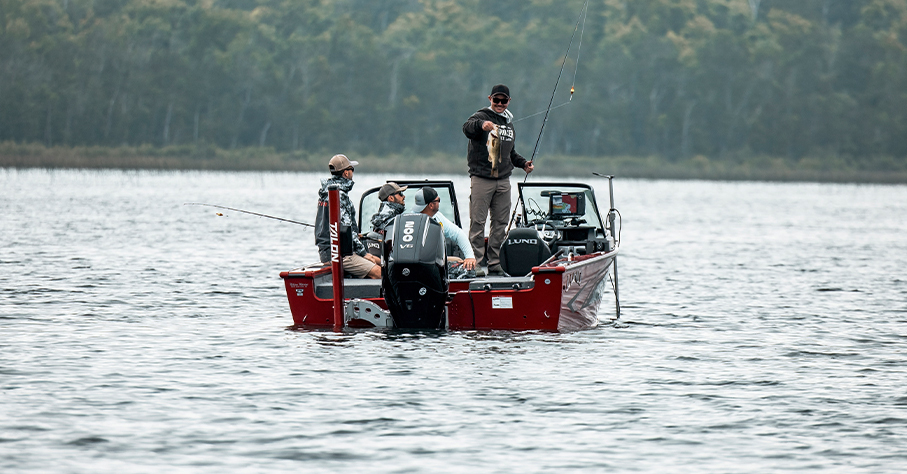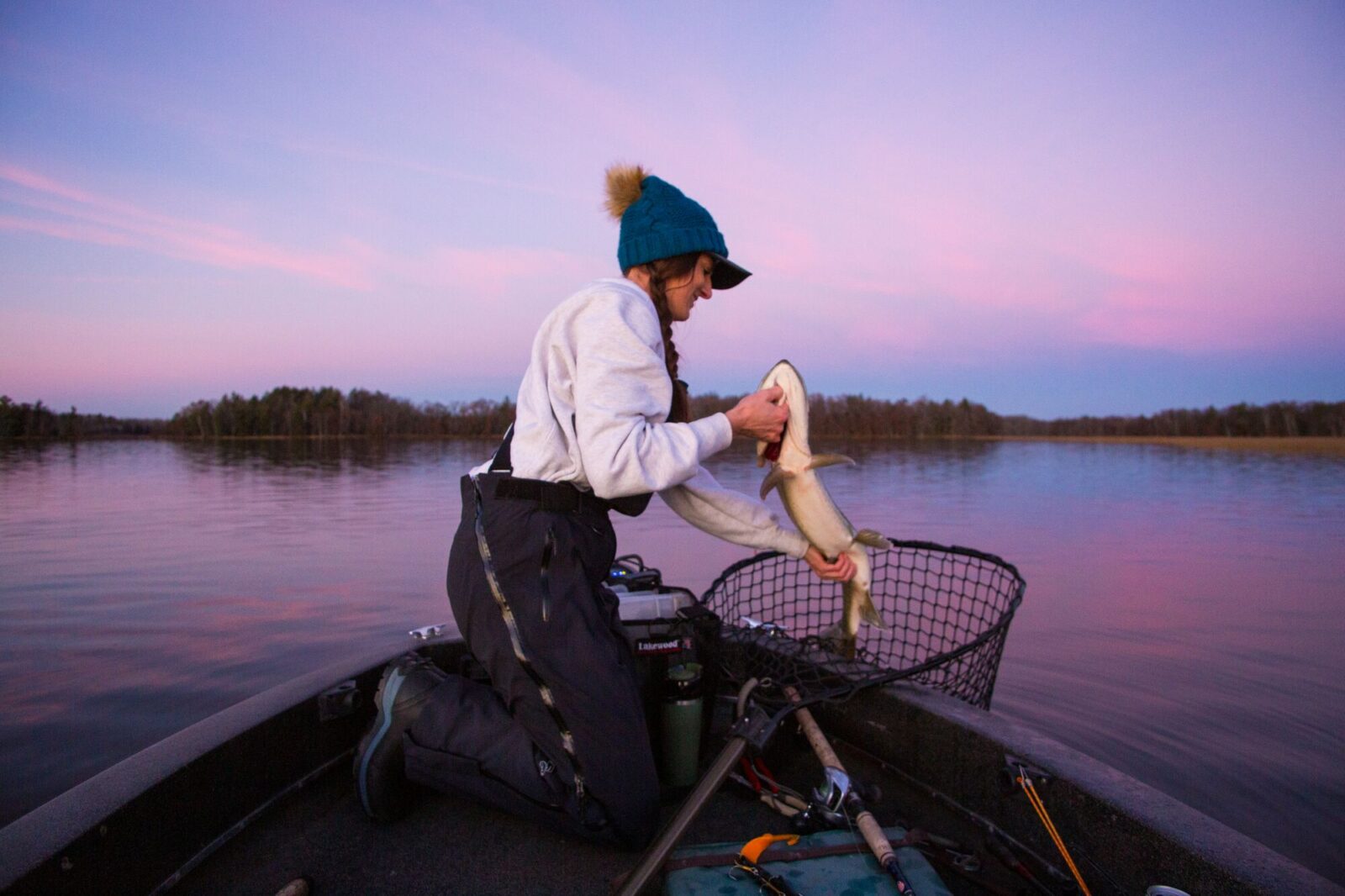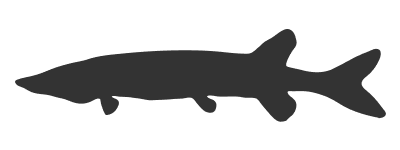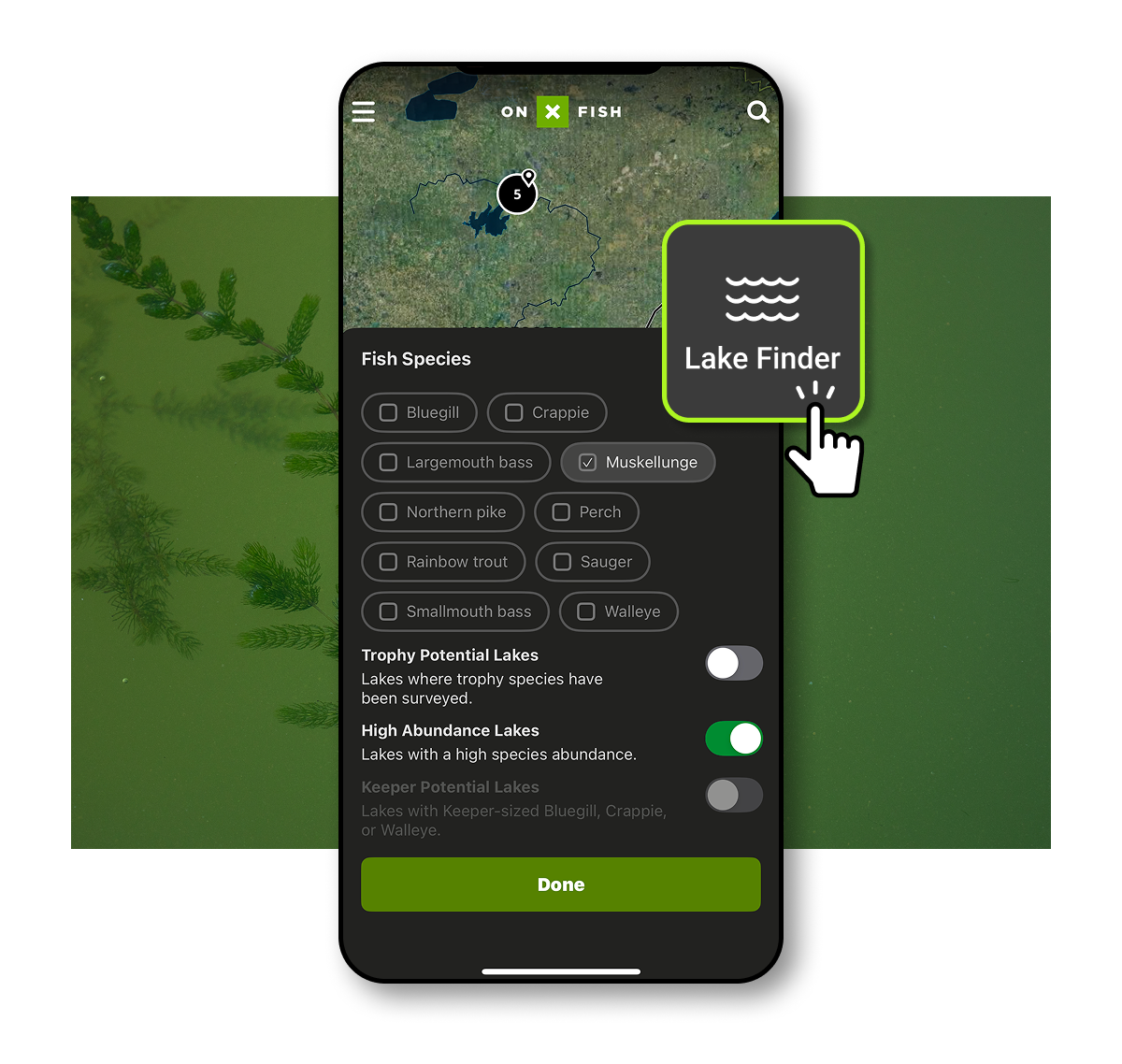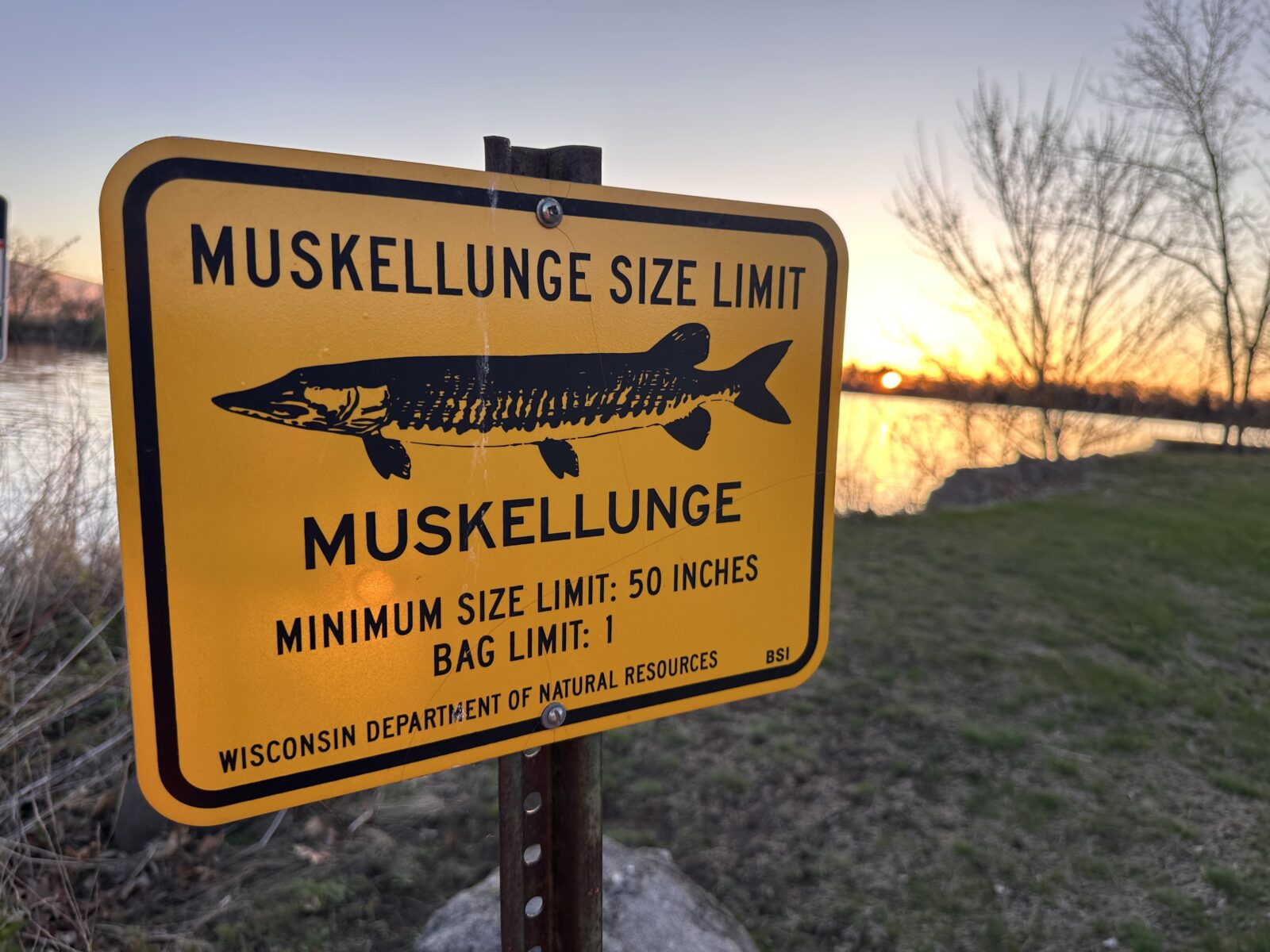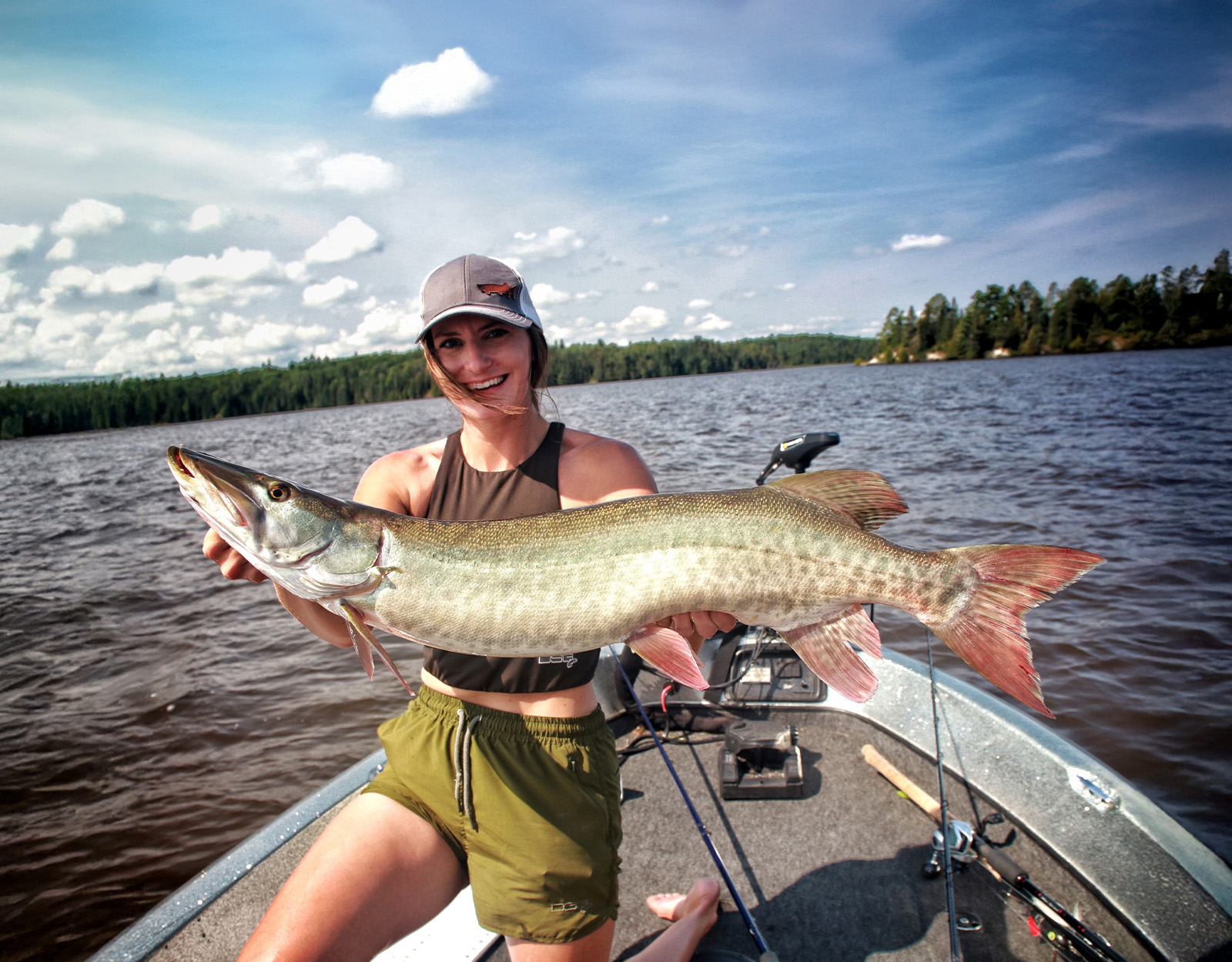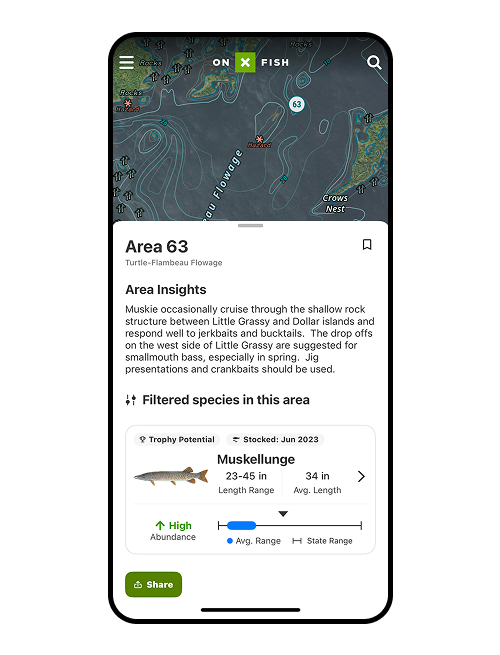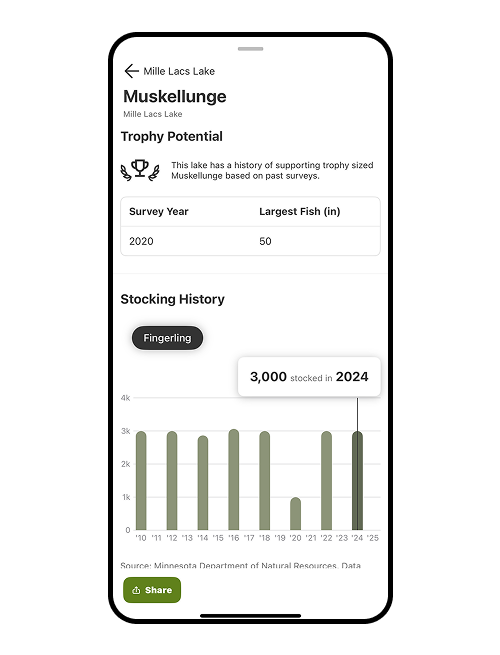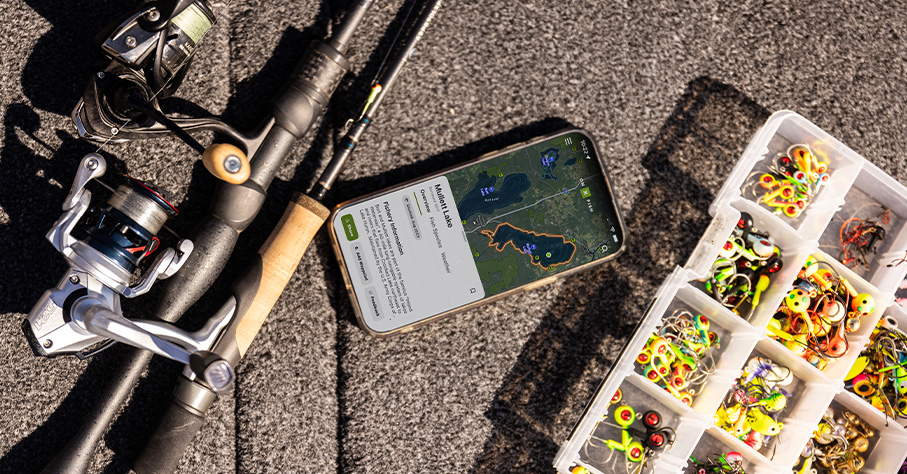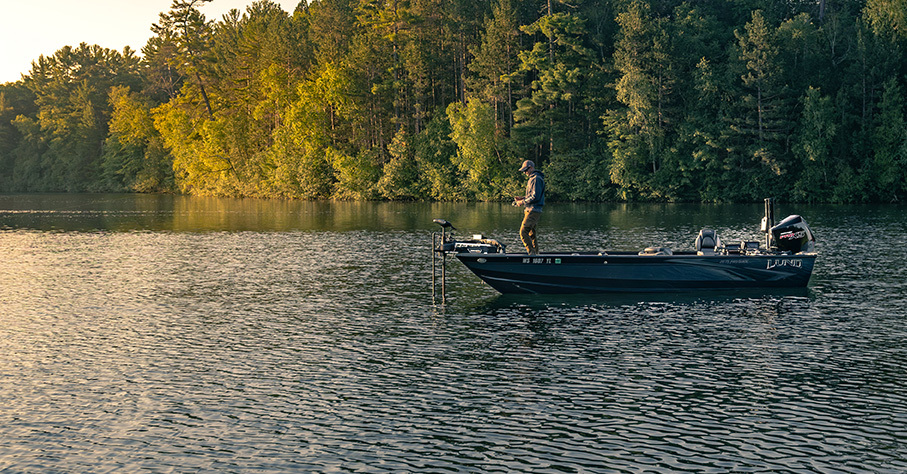Finding the Best Muskie Fishing Lakes
The muskie is one of the most storied native North American gamefish, which makes it a prized target for anglers in every state it inhabits. It’s the largest member of the pike family, getting up to 50 pounds or larger, and goes by many names: muskellunge (Esox masquinongy), muskie, musky, ski, or simply lunge. It is believed that, at one time, this fish had at least 94 common names applied to it.
It’s no surprise then, that many, many anglers spend time finding the best muskie fishing lakes they can. To help achieve that goal, here is guidance on finding places likely to hold big muskie and how to catch them.
Muskie Habitat
Big water, big fish—that’s the name of the game when searching for muskie waters. Muskies thrive in large lakes and rivers, often in places with rock structures, submerged weeds, and open water looking for ciscoes (a salmanoid), yellow perch, whitefish, suckers, minnows, small mammals, crayfish, and even waterfowl.
Water Temperature
Water temperatures in the mid-60s to mid-70s are prime time for muskie fishing. Warm trends are good in summer; cold fronts help in fall. Wind and overcast, especially in summer, are your friend.
